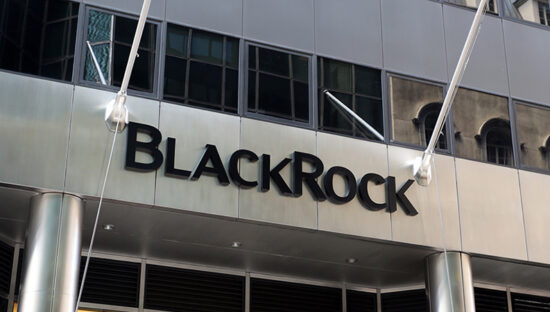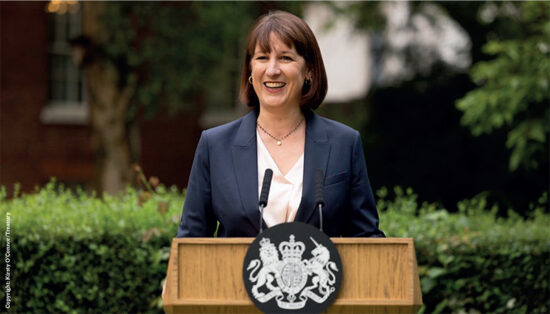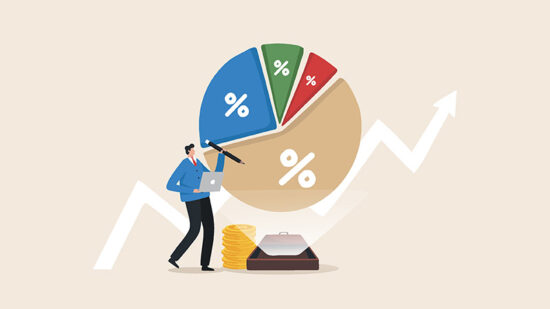The use of discretionary trusts in inheritance tax planning is now commonplace and an understanding of the inheritance tax regime for these trusts will grow in importance, particularly as the discretionary trust versions of discounted gift trusts, loan trusts and gift trusts become more widely used.
There are three occasions when an inheritance tax charge can arise in respect of a discretionary trust:
- On the creation of the trust (the entry or initial charge).
- On every ten-year anniversary (the principal or periodic charge).
- When capital exits the trust (the exit or proportionate charge).
Whereas a previous article, published in IA December 2012, looked at the ten-year anniversary charge, this article is focusing on a potential exit charge.
Being able to calculate potential ten-year and exit charges in advance of them arising would assist trustees greatly. Given that the payment of such a liability will usually be met by a withdrawal from the underlying trust asset – an investment bond – the anticipation of the cost creates an opportunity to plan the most effective way to provide for it.
The legislation on how to calculate ten-year and exit charges is contained in sections 58 to 85 Inheritance Tax Act 1984. HM Revenue & Customs (HMRC) inheritance tax manual at IHTM42000 on relevant property trusts helpfully sets out how to calculate ten-year and exit charges.
What is the charge?
This article assumes that the only investment within the discretionary trust is a single premium investment bond, and I have also attempted to mirror the approach adopted in HMRC’s inheritance tax manual in calculating ten-year and exit charges for ease of reference.
The exit charge is the charge made when property leaves the discretionary trust at times other than at the ten-year anniversary. It is a scaled down version of the ten-year charge taking account of the fact that ten years have not yet elapsed.
The exit charge is based on the number of quarters during which settled property has been within the relevant property regime, with each ten-year period being divided into 40 periods of three months.
For our simple case, if a 5% withdrawal were taken from the bond and distributed to a beneficiary at the end of the fifth year, the exit charge would be 20/40ths of a ten-year charge.
When to plan for it
There are two occasions when an exit charge can arise:
- When settled property ceases to be relevant property. For example, when the trustees distribute the 5% withdrawal from the investment bond to a beneficiary.
- When there is a fall in value of relevant property as a result of a disposition made by the trustees and the property remains relevant property. For example, the trustees exercise a power of appointment and declare a life interest of part of the trust.
For the purposes of this article, we will only consider the position of settled property ceasing to be relevant property.
Exemptions from the exit charge
If the occasion of an exit charge arises in the first quarter of the existence of a discretionary trust or within the quarter following a ten-year anniversary then there is an exemption and no exit charge will arise.
Payments which do not represent gratuitous transfers of capital are also exempt. Therefore the payment of costs, expenses or income does not trigger an exit charge. This means that the payment of advisers’ ongoing fees from the trust will not trigger an exit charge.
For discounted gift trusts, the payment of the settlor’s retained rights; and for loan trusts, the repayment of the outstanding loan, does not trigger an exit charge.
There are other exemptions from the exit charge; for example, when property becomes held on trust for charities or becomes excluded property or held by national heritage bodies.
Amount chargeable
The amount subject to the exit charge is the fall in value of the relevant property. That is the amount by which the value of the relevant property in the discretionary trust is less immediately after the
event than it was before.
If trustees pay the tax out of the remaining relevant property held in trust, the value of the exit will need to be grossed up. This is because otherwise the beneficiary is receiving the benefit of a capital distribution and not paying any inheritance tax on it.
The rate of tax to apply to the exit charge depends on whether the transfer is before or after the first ten-year anniversary.
Exit charge before first ten-year anniversary
In HMRCs inheritance tax manual, the value of the hypothetical chargeable transfer must be ascertained. This comprises the historic value of relevant property put into the trust, the historic value of related settlements, the value of any additions to the trust since it was set up and the historic value of non-relevant property. For our simple case the hypothetical chargeable transfer will be made up of the historic value of the relevant property when the discretionary trust was set up.
The value of the hypothetical chargeable transfer, and the settlor’s personal cumulative total of chargeable lifetime transfers in the period of seven years prior to the date of the discretionary trust, are added together to produce the aggregate chargeable transfer.
Following HMRC’s inheritance tax manual, the ‘notional’ tax on the aggregate chargeable transfer is then calculated, deducting the nil rate band at the date of the exit event and then multiplying by the lifetime rate of tax (20%). ‘Notional’ tax on the settlor’s personal cumulative transfers (if any) is then calculated, again deducting the nil rate band and multiplying by the lifetime rate. The ‘notional’ tax calculated in respect of the settlor’s personal cumulative transfers is then deducted from the ‘notional’ tax calculated in respect of the aggregate chargeable transfers, to arrive at the total tax chargeable at the lifetime rate. The exit charge rate can then be calculated using the formula:
C Tax/HCT X 100 X 3/10 = settlement rate percentage
Where C Tax is the total tax chargeable at the lifetime rate, and HCT is the value of the hypothetical chargeable transfer.
The value of the exit (grossed up if appropriate) is then multiplied by the settlement rate percentage. The calculation is then reduced by the number of complete quarters that the property was relevant property. The quarter within which the occasion of charge occurs is ignored. The resulting amount is the inheritance tax to pay.
Exit charge between ten-year anniversaries
The rate of charge here is a proportion of the rate charged at the last ten-year anniversary. Using the example of the ten-year anniversary charge calculation in part one of the article, the rate is 3.6%.
This rate is used in the exit charge calculation, unless it needs to be recalculated because the nil rate band at the date of the exit occasion is different to that used at the ten-year anniversary and/or any additions to the relevant property have occurred since the last ten-year anniversary. Therefore, in order to find the rate to be used for the exit charge, the recalculation of the ten-year charge needs to be done using the revised nil rate band at the date of the exit and taking into account any additions to the relevant property. This revised settlement rate percentage is used in the exit charge calculation.
The value of the exit transfer (grossed up if appropriate) is then multiplied by the settlement rate percentage. The calculation is then reduced by the number of quarters that the transferred property was relevant property since the last ten-year anniversary. Again the quarter within which the occasion of charge occurs is ignored. The resulting amount is the inheritance tax to pay.
Example of an exit charge between ten-year anniversaries
The trustees of John’s discretionary trust make a capital distribution to the beneficiaries. The rate of tax at the ten-year anniversary is 3.6%.
There have been no changes to the nil rate band and no additions to the discretionary trust since the last ten-year anniversary. There have been four complete successive quarters since the last ten-year charge. The value of the grossed up exit is £60,000.
£60,000 X 3.6% = £2,160
£2,160 X 4/40 = (£216)
Tax to pay = £1,944
The use of discretionary trusts is increasing. Since the inheritance tax changes to trusts in 2006 we have seen a significant increase in the use of these trusts and an understanding of the inheritance tax regime for them may be unavoidable.








